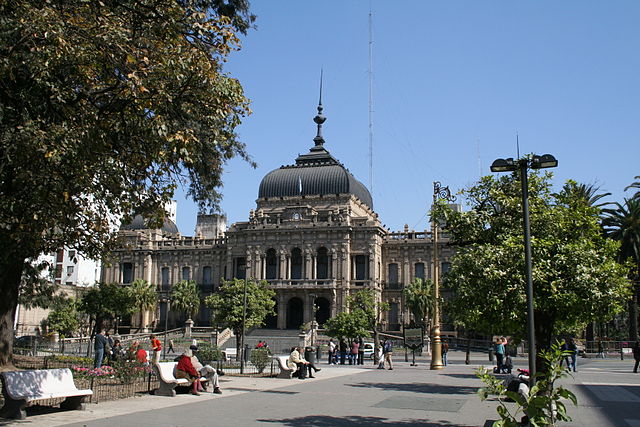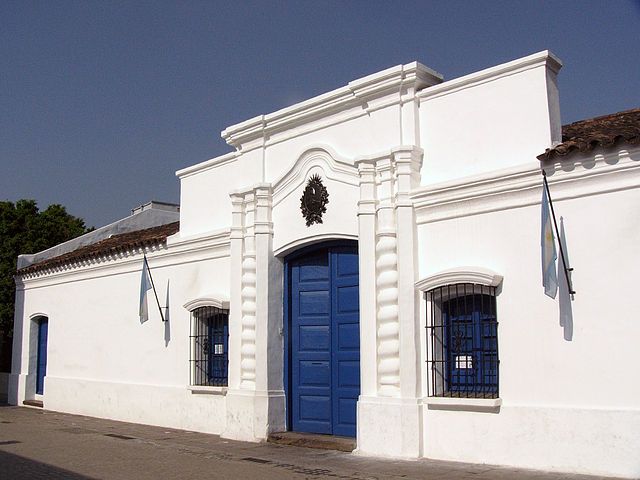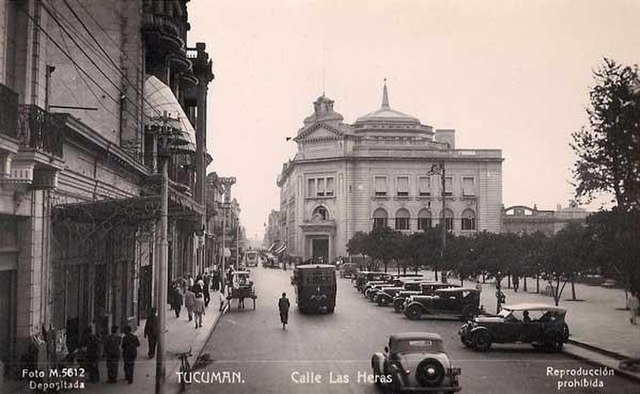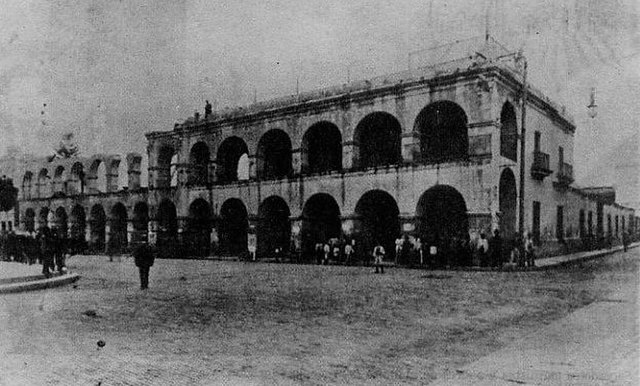Tucumán is the most densely populated, and the second-smallest by land area, of the provinces of Argentina.
The Tucumán Government Palace
Ruins of the Quilmes civilization, a Diaguita culture in the area
The Tucumán House, where Argentine independence was signed in 1816.
Downtown Tucumán in the 1920s
San Miguel de Tucumán, usually called simply Tucumán, is the capital and largest city of Tucumán Province, located in northern Argentina 1,311 kilometres (815 mi) from Buenos Aires. It is the fifth-largest city of Argentina after Buenos Aires, Córdoba, Rosario and Mendoza and the most important of the northern region. The Spanish conquistador Diego de Villarroel founded the city in 1565 in the course of an expedition from present-day Peru. Tucumán moved to its present site in 1685.
From top, left to right: San Miguel de Tucumán Cathedral, Historical House of Independence, Basilica of San Francisco, Ninth of July Park, National University of Tucumán, Tucumán Government Palace, view of Barrio Norte and the house of Bishop Colombres.
Panoramic view of the city's center
"Tucumán 1812", by Gerardo Flores Ivaldi. The Cabildo and San Francisco church are displayed on the painting.
Demolition of the former Cabildo, 1908.








